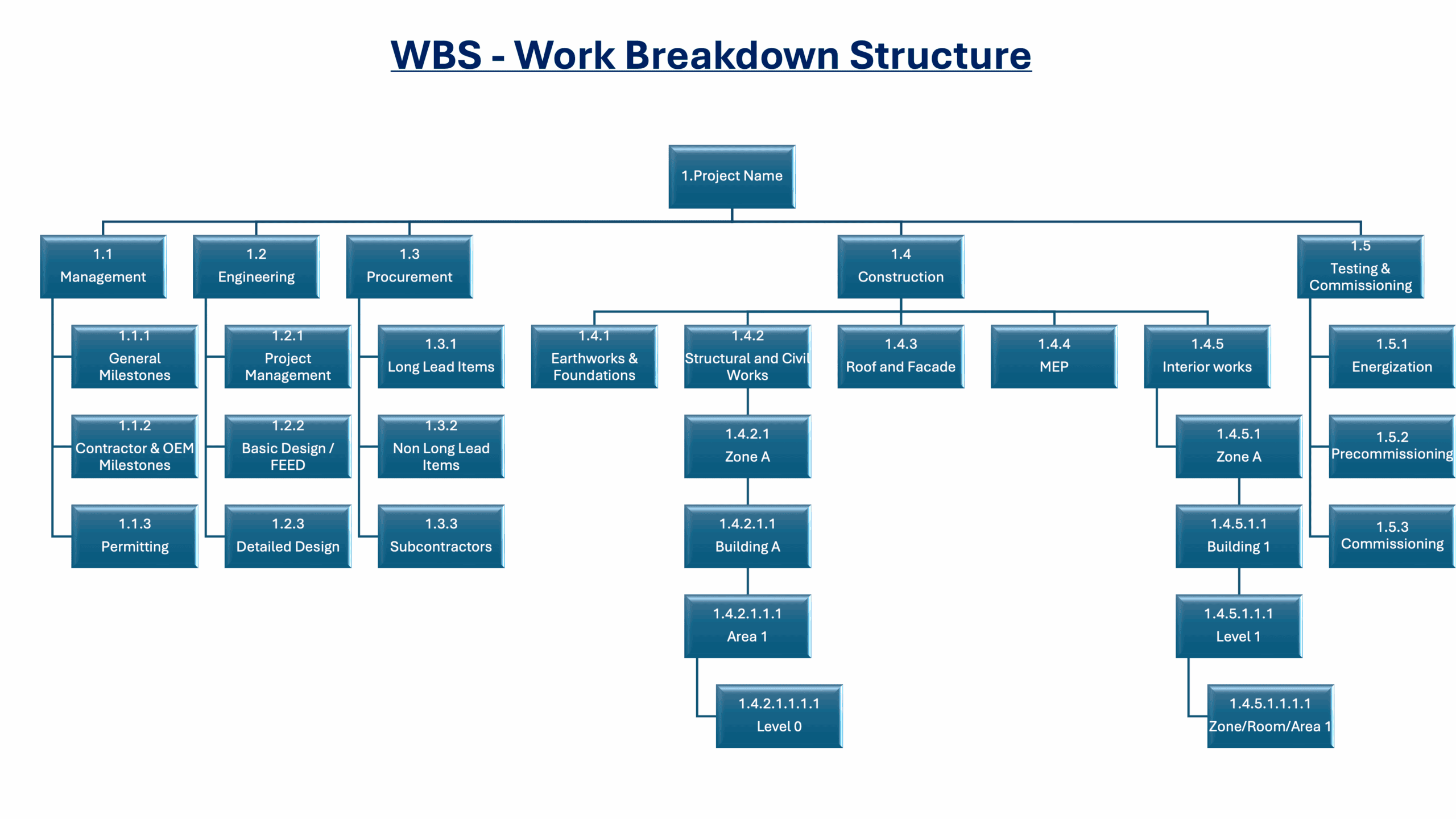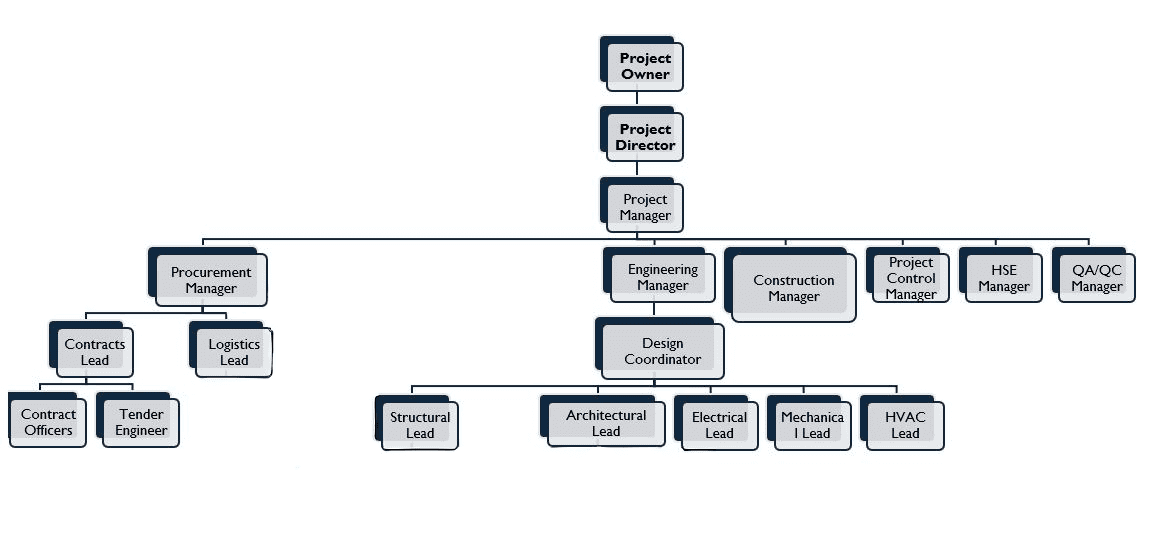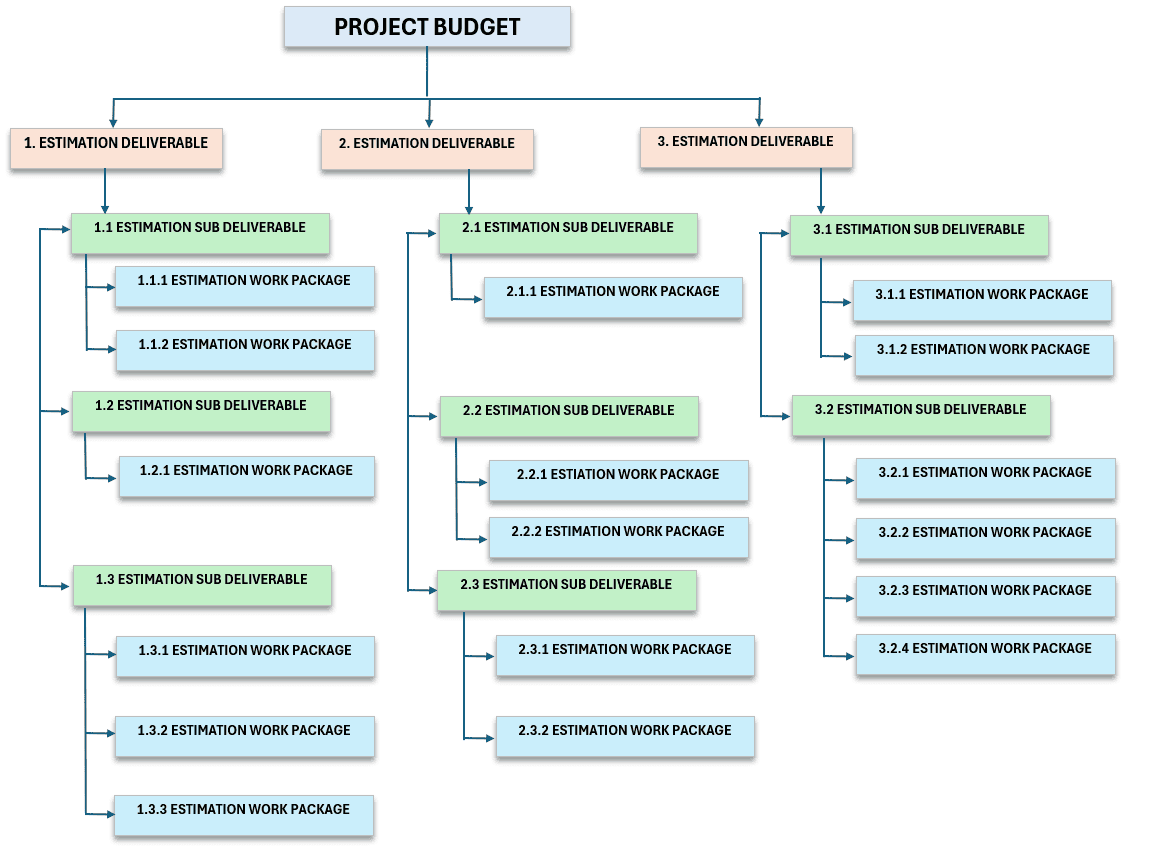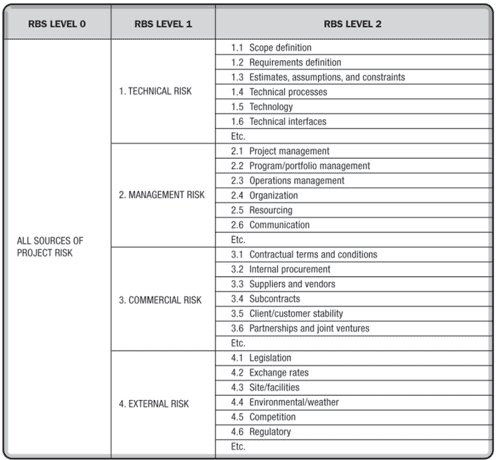Effective project management relies on a clear organizational structure and a well-defined approach to managing resources and costs. In this blog post, we’ll explore four essential components of project management: the Work Breakdown Structure (WBS), the Organizational Breakdown Structure (OBS), the Cost Breakdown Structure (CBS) and the Risk breakdown structure (RBS). We’ll discuss each element’s purpose, benefits, and how they integrate into a comprehensive project management framework.
At the heart of effective project management lies the Work Breakdown Structure (WBS), a hierarchical decomposition of the total scope of work to be carried out by the project team. The WBS serves as a foundation for planning, executing, monitoring, and controlling project tasks and deliverables. It transforms complex projects into manageable components, allowing teams to focus on specific tasks with clarity and precision.

It’s also a visual representation of the project scope, which breaks down the work required to complete the project into smaller, more manageable components.
Benefits of a WBS:
- Provides a clear and detailed understanding of the project scope
- Facilitates more accurate cost and time estimation
- Helps identify and manage project risks
- Enables effective resource allocation and workload management
- Enhances communication and collaboration among project team members
The Organizational Breakdown Structure (OBS): The OBS is a hierarchical representation of the project team’s structure and the reporting relationships within the organization. It outlines the roles and responsibilities of each team member and how they are connected within the organizational hierarchy. The OBS helps assign tasks and responsibilities from the WBS to the appropriate team members or departments, ensuring accountability and effective communication.

Benefits of an OBS:
- Establishes clear roles and responsibilities for project team members
- Enhances communication and collaboration by defining reporting relationships
- Facilitates resource allocation and workload management
- Supports performance evaluation and project governance
The Cost Breakdown Structure (CBS): The CBS is a hierarchical representation of the project’s costs, organized by work packages or cost categories. It’s used for budgeting, cost control, and financial reporting purposes. The CBS helps project managers monitor and control project costs by linking the work packages from the WBS to their associated costs, enabling cost estimation, tracking, and analysis. e module Design settings and even apply custom CSS to this text in the module Advanced settings.

Benefits of a CBS:
- Provides a structured approach to cost management and budgeting
- Facilitates accurate cost estimation and tracking
- Supports cost control and financial reporting
- Enhances decision-making by providing visibility into project costs
WBS, OBS, and CBS: Working Together for Effective Project Management: The WBS, OBS, and CBS are interrelated components of project management that work together to provide a comprehensive framework for planning, executing, and controlling projects. The WBS defines the work required, the OBS assigns that work to the appropriate team members or departments, and the CBS links the work to its associated costs.
It is crucial that there is a direct relationship between the WBS and the CBS, in particular at the level of the work packages. This will enable effective application of EVM because there can be a unique relationship between the costs and times of realization of each work package.
By integrating these three structures, project managers can effectively:
- Plan and organize project work
- Allocate resources and responsibilities
- Monitor and control project costs
- Enhance communication and collaboration among project team members
The Risk Breakdown Structure (RBS): the RBS is a hierarchical representation of project risks, organized by categories. It helps project managers evaluate, qualify, and quantify risks by linking them to WBS elements. This allows for structured assessment of probability, impact, and monitoring throughout the risk analysis process.

Benefits of a RBS:
- Provides a structured approach to risk management plan
- Identifies the risk owners
- Facilitates accurate evaluation and tracking of the risks
- Supports Risk analysis
- Improves decision making and supports proactive risk management
Conclusion: Understanding the roles and benefits of the WBS, OBS, CBS, and RBS is essential for effective project management. By implementing these structures and leveraging their synergies, project managers can enhance project planning, execution, and control, ultimately leading to more successful project outcomes.
Putting these structures into practice can be a complex task. If you’d like to explore how these structures can be applied to your projects, our team would be happy to help. We invite you to contact our team for a no-obligation consultation at +3236512345 .


Recent Comments